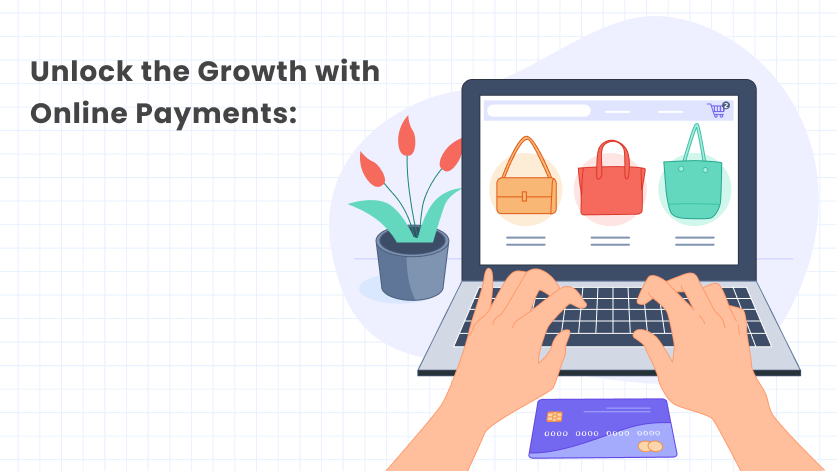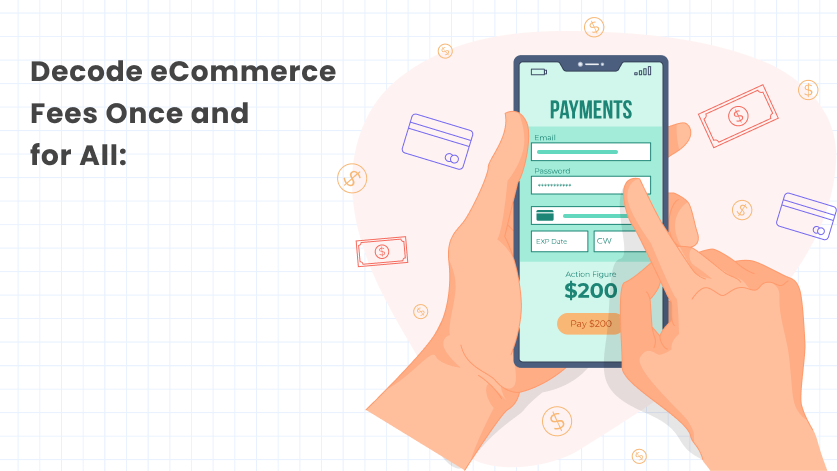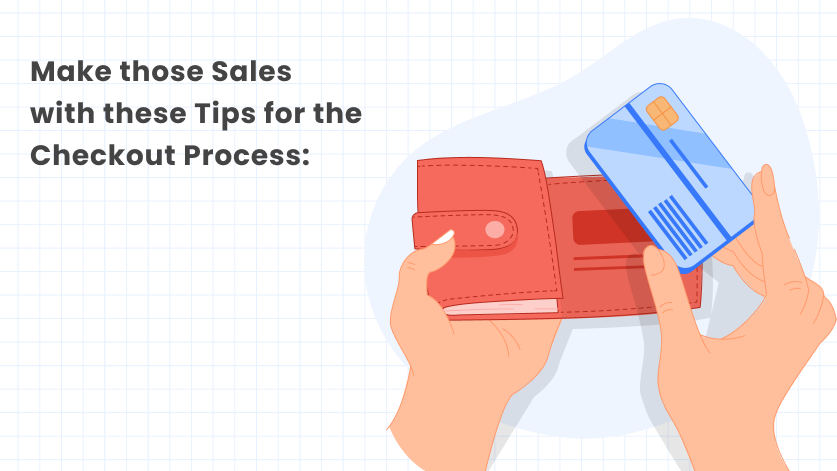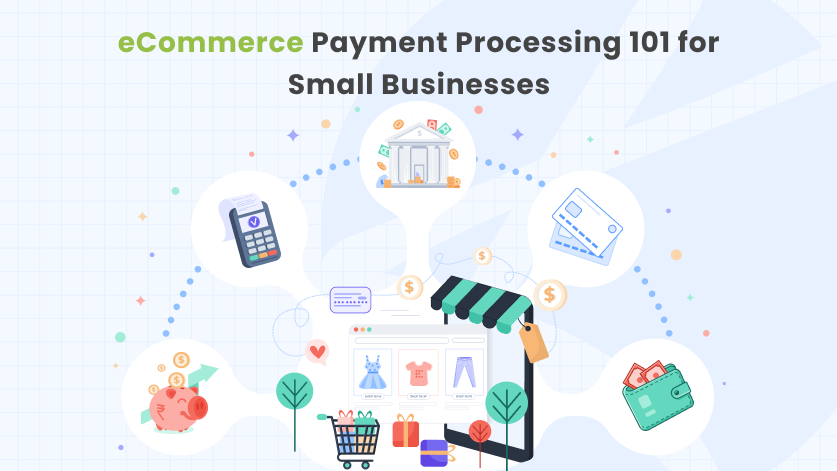Starting a business is indeed an adventure, but reaching for the stars you want in this life is the best shot you can take for your future. If that means opening your own small business, there’s a crucial detail to consider and understanding how eCommerce payment processing works. Educating yourself as a business owner in this area, no matter the niche your business is in, will be key to your success.
The trick is to remember that eCommerce is a must for small businesses, and if you’re thinking about getting yourself into online retail with Shopify, understanding payment processes is the key segment in obtaining those small but crucial details.
Payment processing requires customers to enter their information during checkout, which then gets security transferred through a payment gateway to their bank for approval.
You already know the drill; you have been in the situation of buying a thing or two from a website. Once approved, funds are transferred to your vendor account.
Just like a magician has many tricks up their sleeve, they also know the security measures necessary for those tricks to happen.
Let’s get to know them all together because being in eCommerce is a bit like a circus, but it doesn’t have to be if everything is under control.
Unlock the Growth with Online Payments:

Yes, traditional methods have served their purpose, and embracing online payments is just a simple, tactful, and smart move.
Using the possibilities of convenience that this era brings is just a plus. Accepting electronic payments, be they credit or debit cards, mobile wallets, or PayPal, can expand your customer base and bring positive benefits to your business.
But the benefits just go beyond increased sales.
Convenience and security in payment options boost customer satisfaction, which in turn promotes positive word-of-mouth recommendations and repeat business.
Digital transactions also bring speed with real-time processing, removing the obstacles associated with manual handling. Besides, the thorough transaction records given by online payment systems just simplify accounting, eliminating the labor of sorting through receipts.
Also, the move toward online payments lowers the risks tied to handling cash and adds a layer of security against fraudulent activities. Not only is it a safer option, but it’s also cost-effective compared to the old point-of-sale terminals.
As the area of the organization evolves more and more, opening your business to the options that make it easier to handle is just an advantage, and not being able to offer it – is just a missed opportunity.
Note: It is crucial to recognize at the beginning of your small business expose, the necessity of incorporating online payment systems for unlocking growth.
Setup and Understanding of AML Transaction Monitoring:
Alright, you’ve moved to digital payments – what’s next? Something to keep an eye on its financial transactions, sniffing out any potential money laundering schemes.
Due to the constant presence of questionable financial activities—more on which will be covered later—small business owners must implement transaction monitoring as a means of complying with legal requirements.
Note: Obeying legal demands and reducing the possibility of unintentionally becoming involved in illegal financial activity is a must for every small business.
So, there goes the answer to: Why bother with this setup? Well, it’s not just about avoiding legal headaches. AML transaction monitoring is the trusty sidekick for spotting weird patterns and phishy behaviors in transactions.
To set up AML transaction monitoring, you should start by understanding the relevant regulations.
When you conduct a thorough risk assessment to pinpoint potential weaknesses, you can define more specific monitoring rules that are based on risks and invest in reliable AML software for real-time tracking.
After integrating the software within the financial systems and establishing continuous monitoring, all you have to do is – train your employees.
Regular audits and updates can ensure a strong work system, which can secure your business from dangers and, at the same time – ensure compliance.
Note: Knowing when and where to invest your time and money is extremely important, as is – how to cultivate trust.
Businesses on Shopify can use this AML trick to improve security and compliance and foster customer trust. By taking the initiative to secure and provide transparency, this approach guarantees a reliable environment and shows that the eCommerce platform is committed to ethical practices.
Decode eCommerce Fees Once and for All:

Uncovering the complexities of transaction fees is a necessary first step for anyone venturing into eCommerce, as these fees are critical to small business owners’ bottom line.
1. Payment gateway fees: Your introduction to eCommerce indicates payment gateway fees, typically 2% to 5% per transaction. Choosing the right gateway demands scrutiny of additional charges for fraud protection and currency conversion, ensuring alignment with your business needs.
2. Credit card processing fees: These fees, which change depending on the card type and transaction details, can range from 2 to 3 percent per transaction. Making a thoughtful choice is essential, particularly when using premium cards that could result in higher fees.
3. Chargeback fees: The chargeback saga, triggered by customer disputes, not only results in lost revenue but also causes chargeback fees. Reducing these fees necessitates clear policies, excellent customer service, and meticulous transaction records.
4. Monthly fees: Some payment processors impose monthly fees in addition to transaction fees, which can negatively affect your cash flow. Small businesses must establish setup, maintenance, accounts, and minimum monthly processing fees.
Understanding this fee jungle equips small businesses to navigate the eCommerce realm with financial finesse, selecting a payment processor that harmonizes with both budget and operational needs.
It’s not just about processing payments, it’s about being the master of the financial dance of eCommerce with ease.
Challenging Activities you Should be Aware of:
Well, eCommerce payment processing is important for online success, but small businesses often face obstacles. The threat to one’s finances and reputation is the widespread fear of fraudulent transactions and shady financial activities.
Overcoming questionable financial practices, handling questionable financial transactions, and controlling erratic spending are some of these challenges. Suspicious financial activities and ambiguous money transfers can present serious problems that call for close supervision.
Also, the persistent existence of untrustworthy financial conduct generates obstacles that demand cautious thought.
Chargebacks can hurt small businesses, even though they are meant to safeguard consumers. Reduce this difficulty by keeping thorough transaction records, providing exceptional customer service, applying a clear refund policy, and employing fraud detection software to stop unauthorized transactions.
You can combat these by securing a payment gateway, implementing an address verification system (AVS), and setting up a card verification value (CVV).
One more challenge may come from high processing fees. To preserve profit margins, look into alternative pricing models, bargain for advantageous rates based on your company volume, and research and compare fees among payment processors.
Red flags can only be identified by remaining informed, putting security measures in place, and selecting reputable payment processors that are a good fit for your company.
Nevertheless, recognizing your company’s needs and acting strategically are only the first steps to overcoming these obstacles.
Make those Sales with these Tips for the Checkout Process:

The checkout process is pivotal in eCommerce payment processing, and mastering it is just another form of art.
As a small business owner, completing a smooth journey from cart to payment is important for converting potential customers into paying ones. Offering multiple payment options, from credit cards to digital wallets, caters to diverse preferences.
By simplifying the experience with a one-page checkout system, you save time and reduce frustration on both sides. Optimizing the checkout for mobile users and tapping into the growing trend of smartphone shopping is nothing revolutionary; it’s vital.
This optimization recognizes the shift in consumer behavior, attracts more users, and therefore increases the chances of successful transactions. Clear calls-to-action guide customers much more easily, and strategically placed for maximum impact.
By offering a guest checkout option, obstacles are removed, and a quick purchase can be made without the need to create an account. During checkout, real-time validation reduces mistakes and guarantees accuracy.
Note: Remember that you can always view things from the standpoint of the customer; the simpler the buying process is, the more probable it is that you will stick with your selected shopping cart.
Easy checkout processes that satisfy your customers are the key to profitable transactions.
Thrive and Flourish in eCommerce Payment Processing:
When it comes to the prosperity of small businesses, eCommerce payment processing becomes more than just a transactional requirement; rather, it becomes an important foundation for growth.
The key to success is adhering to fundamental values: choosing the correct processor with care, offering a variety of payment methods, speeding the checkout process, using transaction data to get strategic insights, and firmly maintaining security.
This plan sets up your small business for success in the very competitive eCommerce market, not just for survival.
Note: You can confidently face the digital era knowing that your company is not only prepared but also ready to accomplish anything.
When you create the ideal environment for your small business to overcome obstacles and emerge as a leader, your true digital adventure begins.








